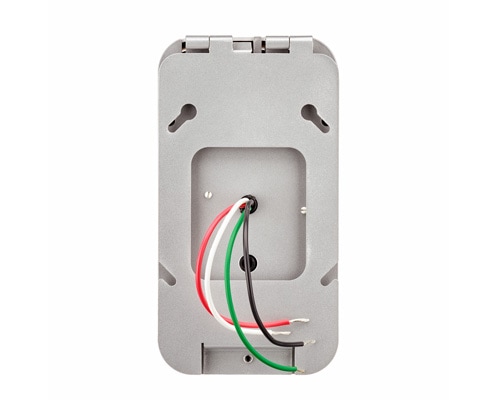
Lutron is one manufacturer that tests the latest LED bulbs and posts the ones that we have found to work best. This can make choosing the right dimmer and compatible bulbs difficult. This voltage might be the maximum amount of energy that a dimmer may allow. This is because some dimmers have the tendency to transmit the required voltage to the bulb. Some bulbs perform best only when working with a specific type of dimmer. The first possible outcome of using a non-dimmable LED bulb in a dimmer is that the bulb will light up at its standard lighting capacity. Even though a bulb may say that it is dimmable, some will dime down further and smoother than others. There aren't any manufacturing standards for LEDs, which means they differ from bulb to bulb. Make sure your Lutron Dimmer and LED bulb(s) are compatible.Most LEDs are now designed to ignore this small amount of current, but some are more sensitive than others. This tiny bit of current can cause this bulb ghosting phenomenon. Caseta wireless digital smart dimmers still need to receive a small amount of power to be able to receive RF signals. In most cases, when you turn a standard dimmer off, the electronics inside do not receive any power. This article will help you to better understand what causes the lamps to flick or flash and will also provide solutions Compatibility between the dimmer and the bulb is key to better LED performance. Please keep in mind that you may need to change your LED bulbs or the dimmer you are using so that they are compatible. We understand the challenges that come with dimming LEDs and are here to help you work through the issues as best as you can.

Unfortunately, it doesn't always pan out that way and can be frustrating. When you dim LEDs, you expect the same performance you get when dimming incandescent bulbs. They also have motion sensors that can operate off of the 0-10 or the powered lines you can plan on adding.Dimming LEDs: Common problems and how to work through them


If you will be adding a Zigbee or Dali system, you might want to run the wires where you can do more with them in the future. This is pretty obvious, but think though where you want the switches and what you might do in the future. So the low voltage can be 14-18 gauge shielded or similar, but power will often call for 12-14Ĥ. In order to get full usage from the switch, many require a powered wire. (0-10v and 1-10v are the same hardware)ģ. They come in dimming powered and unpowered versions. The class two wiring would be to allow low voltage dimming control, by providing input to which minimum (0V) and maximum (10V) output can be generated.Ģ. The first class wiring would be a line voltage switch, that basically turns the device on and off. You would need to run low voltage wires from the light back to the switch.


 0 kommentar(er)
0 kommentar(er)
